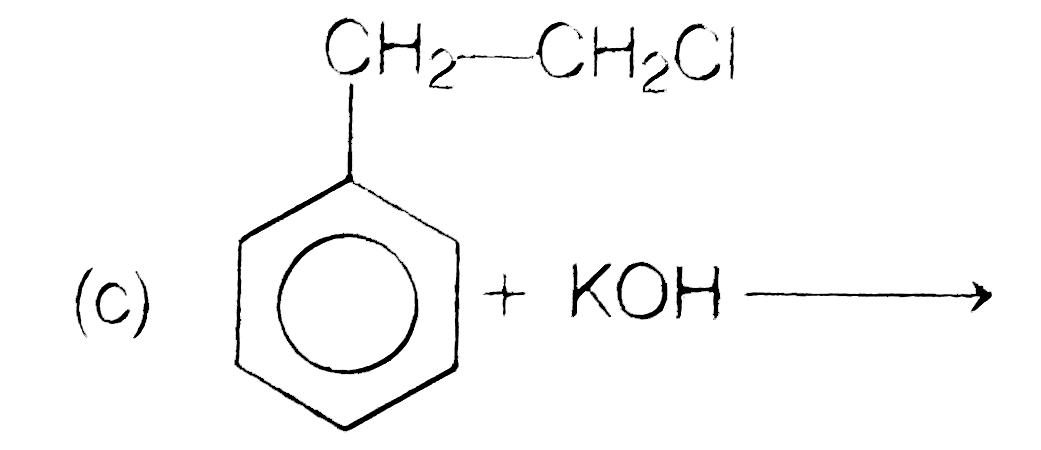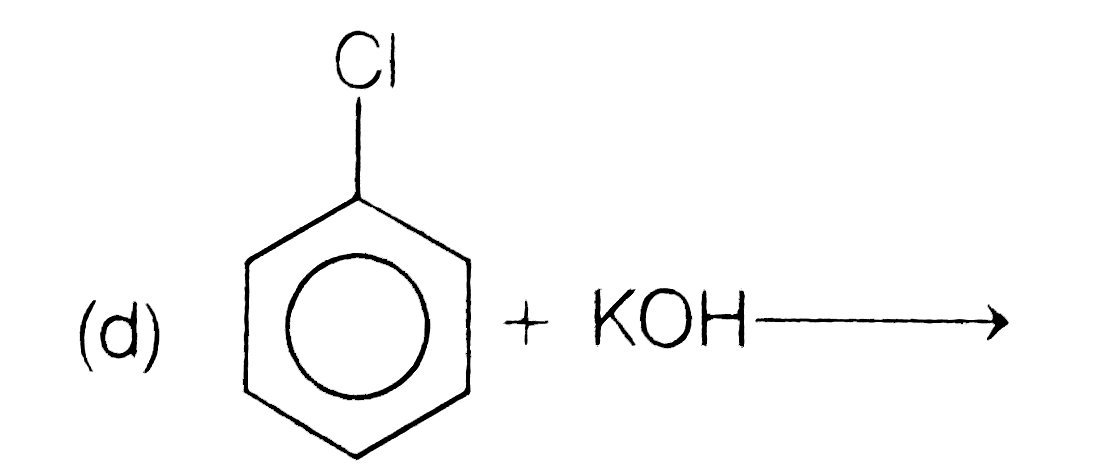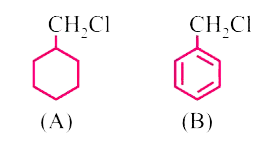SN1 reaction is faster in
A
CH3CH2Cl
B

C
CH3−CH3∣C∣CH3−Cl
D
CH3−C∣CH2∣CH3H−Cl
Video Solution
Text Solution
The correct Answer is:C
SN1 mechanism proceeds through carbocation intermediate.
CH3−CH3∣C∣CH3−Cl provides stable carbocation intermediate because it has tertiary carbon
|
Topper's Solved these Questions
- GENERAL ORGANIC CHEMISTRY Book:ERRORLESSChapter:GENERAL ORGANIC CHEMISTRY Exercise:NCERT BASED QUESTIONS (Structural and Stereo Isomerism )
Explore 99 Videos
- GENERAL ORGANIC CHEMISTRY Book:ERRORLESSChapter:GENERAL ORGANIC CHEMISTRY Exercise:PAST YEARS QUESTIONS
Explore 85 Videos
- GENERAL ORGANIC CHEMISTRY Book:ERRORLESSChapter:GENERAL ORGANIC CHEMISTRY Exercise:NCERT BASED QUESTIONS (Dipole Moment, Resonance and Reaction Intermediates )
Explore 70 Videos
- ENVIRONMENTAL CHEMISTRYBook:ERRORLESSChapter:ENVIRONMENTAL CHEMISTRYExercise:ASSERTION & REASON
Explore 7 Videos
- HYDROCARBONSBook:ERRORLESSChapter:HYDROCARBONSExercise:ASSERTION & REASON
Explore 18 Videos
Similar Questions
Knowledge Check
Statement -1 : Rate of SN1 reaction is faster than that of SN2 reaction
Statement -2 : SN2 reaction is favoured by polar aprotic solvent
Statement -3 : SN1 reaction involves racemizationATTTBFFTCFTTDTFTSN1 reaction is feasible in
A B
B C
C D
D
SN1 reaction is favoured by _________.
Anon-polar solventsBbulky groups on the carbon atom attached to the halogen atomCsmall groups on the carbon atom attached to the halogen atomDstrong nucleophile
Which of the following compounds would undergo SN1 reaction faster and why ?

View SolutionWhich of the following would undergo SN1 reaction faster in the following case:
C6H5−CH2−BrandC6H5−CH3∣CH−Br
View Solution
which of the given compounds would undergo SN1 reaction faster and why?
View Solution(i) Why are haloalkanes more reactive towards nucleophilic substitution reaction than haloarenes ?
(ii) Which one of the following two substance sundergoes SN1 reaction faster and why ?

View SolutionWhich alkyl halide from the following pair is (i) Chiral and (ii) undergoes SN1 reaction faster ?
(a) (CH3)3CBr
(b) CH3CH2CHBrCH3
View Solution
